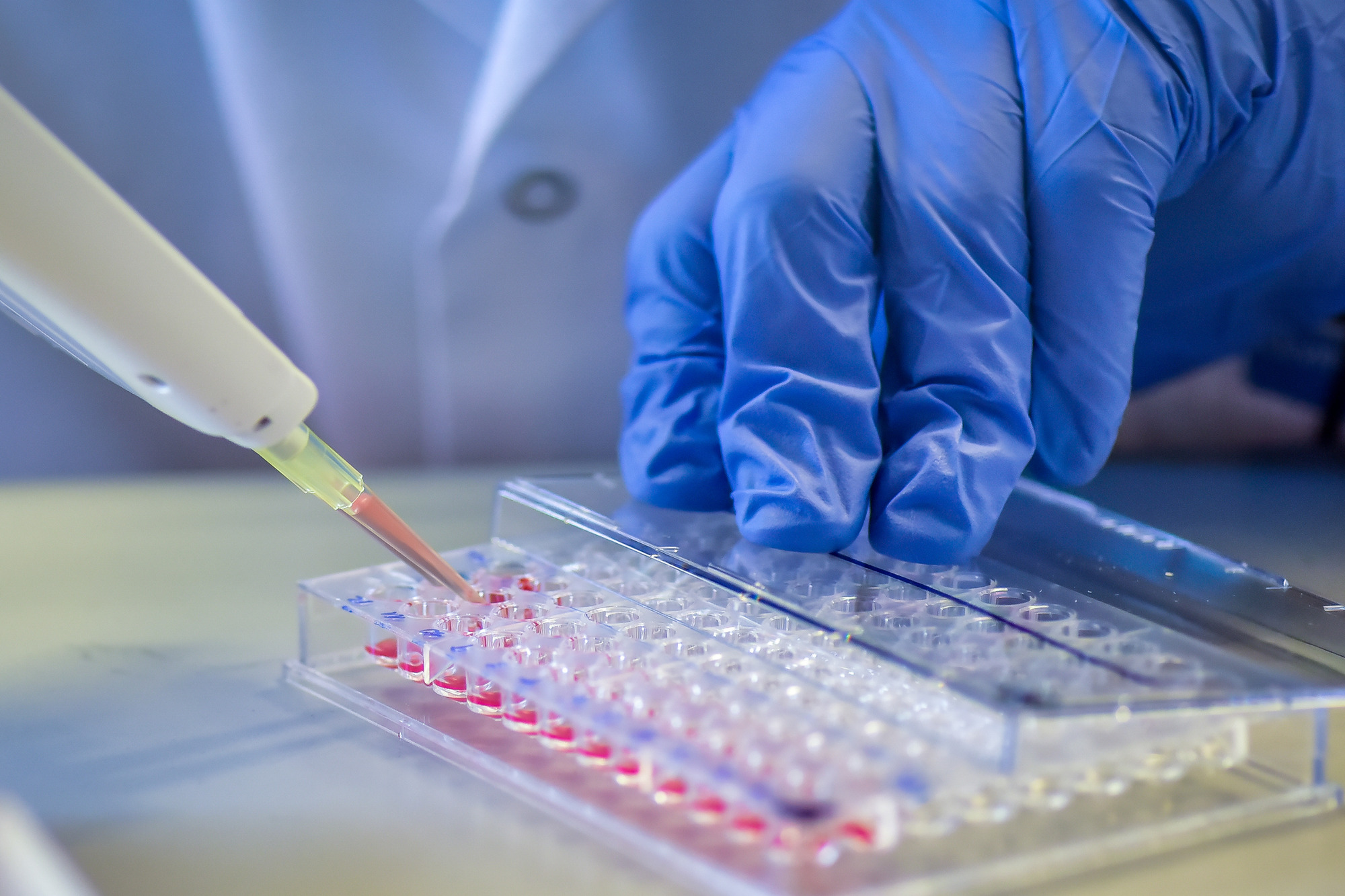Immunogenicity Testing For Biosimilars
Entering the biosimilars market is an enticing prospect for many biopharma companies, offering the potential for reduced development and manufacturing costs while providing patients with broader access to critical medicines. The recent boom in the biosimilars market seen following a wave of blockbuster molecules coming off patent between 2015 and 2020 demonstrates the powerful allure of the potential of biosimilars1. During this time, the market rapidly expanded at a compound annual growth rate (CAGR) of 78%1.
In the next five years, the flurry of available new biosimilar products can be expected to continue with 26 blockbuster molecule patents set to expire, opening the door to a previously restricted market2. But with so many like-minded organizations sharing the goal of obtaining a market share, competition will be a significant challenge. In the biosimilars market, the winner is generally the first to cross the finish line.
Demonstrating immunogenicity biosimilarity
Passing the critical milestones on the journey to biosimilar approval at speed while maintaining regulatory compliance relies on the development of robust bioanalytical methods. The assays designed must effectively demonstrate pharmacokinetic (PK), immunogenetic, and pharmacodynamic (PD) comparability between the biosimilar and the reference product (RP) at clinical phases.
To detect and measure immune clinical patient responses, sensitive assays must be developed and validated. Although immunogenicity testing strategies will usually be established on a case-by-case basis, they should have the capacity to detect:
● Anti-drug antibodies (ADAs)
The positive detection of ADAs in a patient sample suggests the potential for a hypersensitive response to the drug or for interference with its mechanism of action (MoA), impacting the safety and efficacy, respectively.
● Neutralizing antibodies (NAbs)
The neutralizing effect of NAbs means that clinical patients with NAb-positive samples could elicit an immune response that inhibits the pharmacological function of the drug.
For comparability, most immunogenicity tests—including those assessing the presence of ADAs and NAbs—will be designed using a two-assay approach using a single positive control. This means one assay will be developed using the RP and a second assay using the biosimilar. Clinical trial patients will have samples tested using the respective assay corresponding to the drug they receive.
Times have changed for immunogenicity testing
The techniques, equipment, and methods used in the bioanalysis of clinical samples have advanced greatly over the last two decades, and we now have a greater understanding of the molecular interactions involved in immune responses. Although this has led to vast improvements in bioanalytical power, it also means that the assays used to originally assess the immunogenicity of RPs now coming off patent are likely to be outdated, especially considering patents in the US and EU can be valid for up to 20 years3,4. Bioanalytical scientists designing, developing, and validating immunogenicity assays to assess comparability between these RPs and their biosimilars must therefore keep several factors in mind:
● Regulations reflect advances
Many of the RPs now coming off patent were developed over 20 years ago, and since then, technologies used to assess immunogenicity have become more advanced, providing greater sensitivity. In tandem with advances in analytical technologies and sensitivity, regulations have also evolved with rising standards.
Obligated to improve upon the assays previously used to understand the immunogenicity of the RP, today’s bioanalytical scientists must develop tests compliant with current regulations and meet requirements for greater sensitivity. However, this has meant that individuals who would have previously presented as negative using the old assay might now present as positive with the new, improved assay. It is therefore important that immunogenicity results aren’t directly compared to legacy studies and that assessments are made in biosimilar clinical trials.
● Accounting for improved sensitivity
Although many bioanalytical developers will rely on a two-assay approach for immunogenicity method development to compare RPs and biosimilars, some believe that a single assay could offer advantages. Time efficiency and cost benefits are often cited in this argument, but without a second assay for each product, it will be difficult to determine whether differences and variations picked up with these sensitive assays are significant or due to negligible process variations.
● Pre-existing immunogenicity
With biosimilars being restricted from entering the market for long periods of time due to patents, the availability of treatments for patients will be limited. This means that, by the time a biosimilar is at clinical trial stages, many of the participants in the trial would have previously been treated with the RP, heightening the chance of pre-existing immunogenicity towards both the RP and biosimilar. Awareness of this phenomenon has meant that regulators will now anticipate an increase in baseline positive samples in both groups.
A growing need for bioanalytical expertise
Looking to the future, the potential for financial success in the biosimilars market and the drive to broaden patient access to vital medicines is likely to see the number of biosimilars in the development pipeline continue to grow, stiffening the competition. Winning the race to market following RP patent expiration will rely on robust bioanalytical assay development, ensuring comparability tests are sensitive, specific, and compliant. Identifying a dedicated bioanalytical partner with expertise and experience supporting biosimilar studies using multiple platforms will help to navigate the challenges of biosimilar development on the journey to market while ensuring regulatory compliance.
To discover how BioAgilytix could support your next biosimilar project, explore our Biosimilar Testing Services or contact us today.
- https://www.iqvia.com/blogs/2021/12/biosimilars-to-continue-rapid-growth-over-the-next-decade
- https://www.statista.com/statistics/1247142/expiring-patents-blockbuster-small-molecule-drugs-worldwide/
- https://www.fda.gov/drugs/development-approval-process-drugs/frequently-asked-questions-patents-and-exclusivity
- https://www.epo.org/service-support/faq/procedure-law.html
